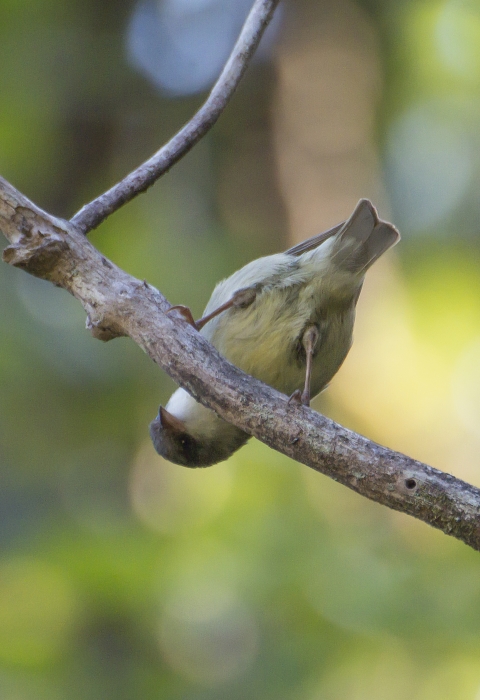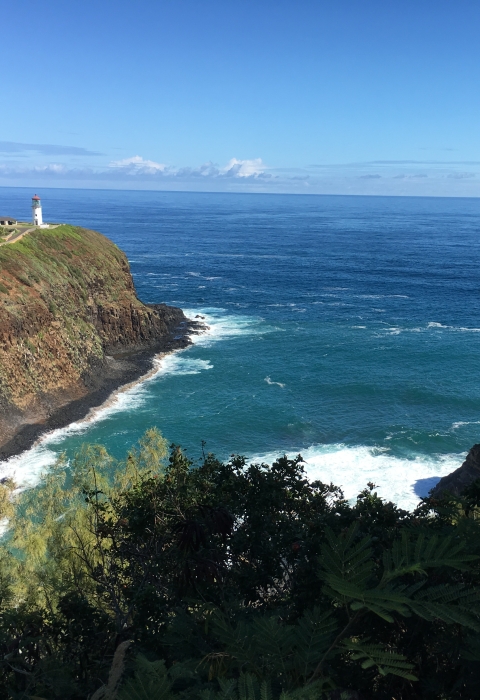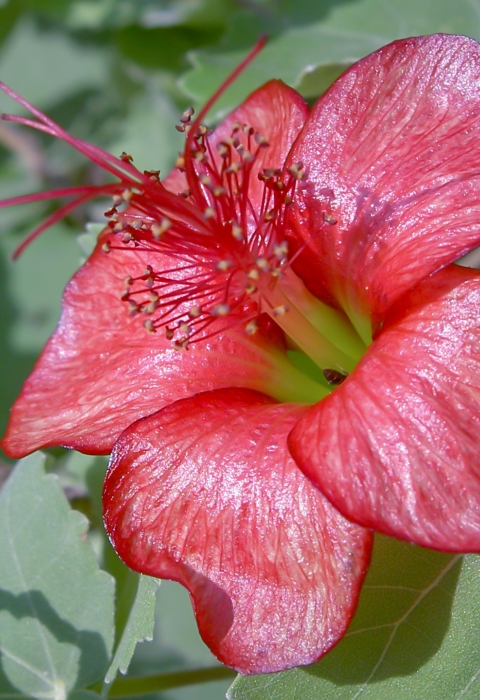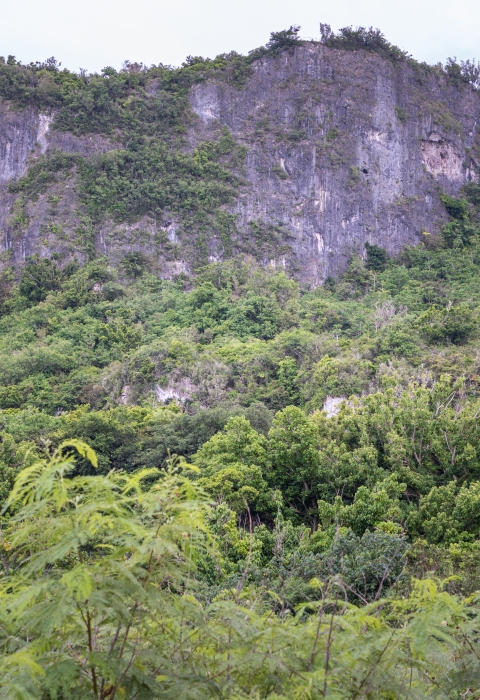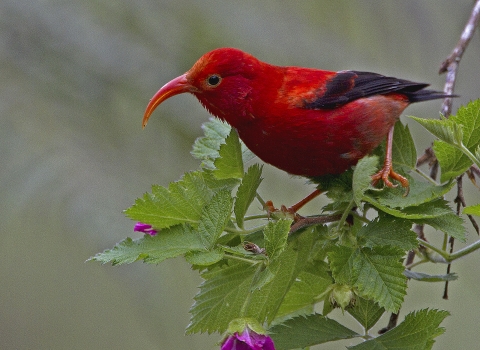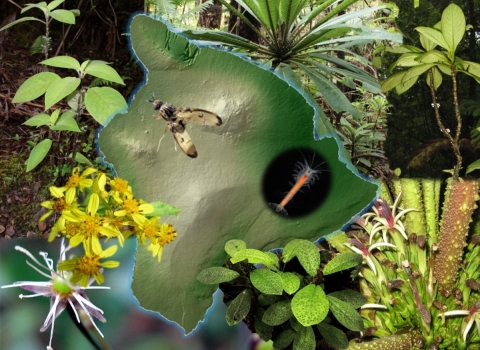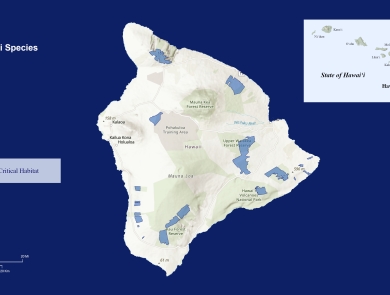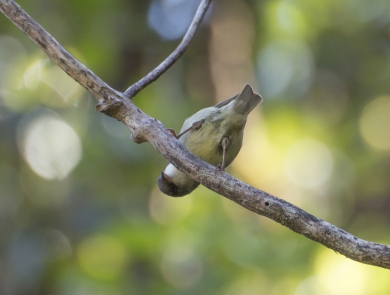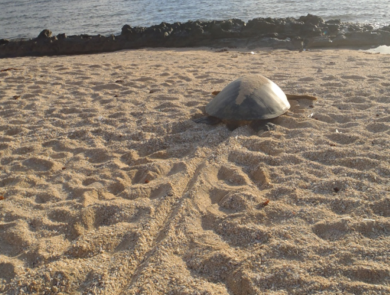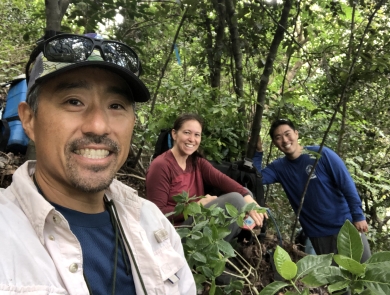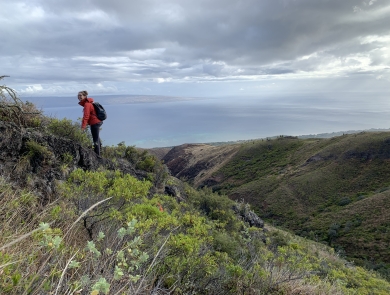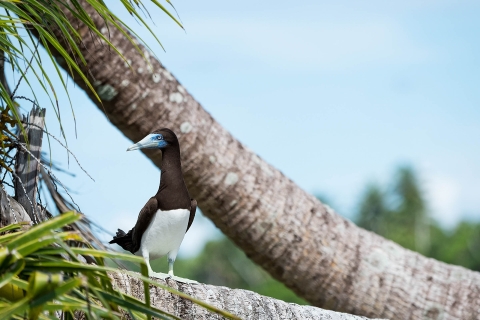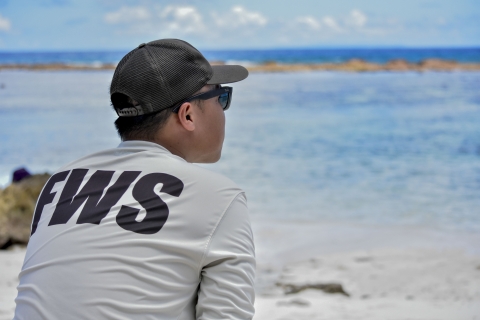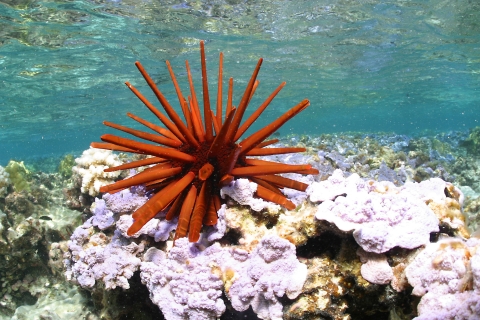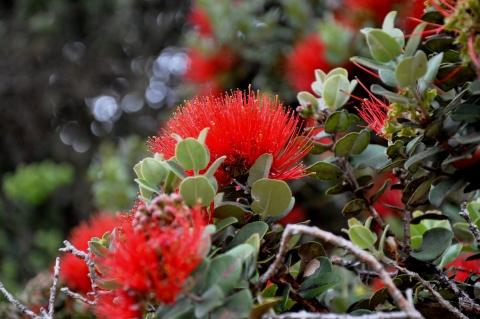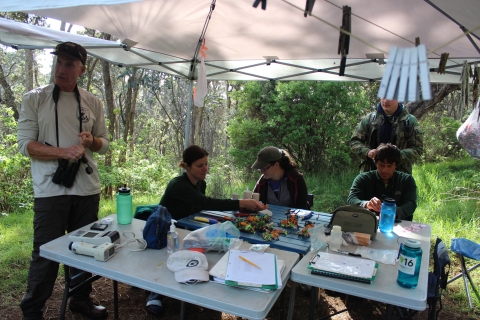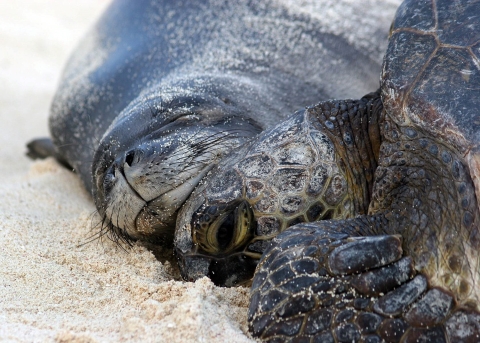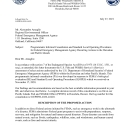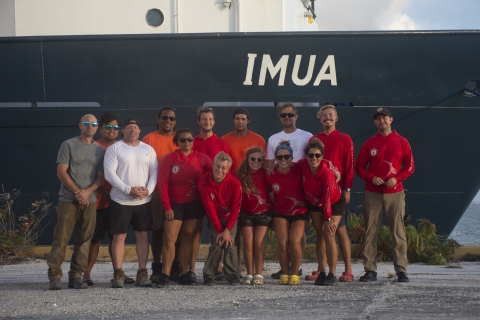About Us
The Pacific Islands Fish and Wildlife Office holds locations in Honolulu and Hagatna, Guam, as well as staff stationed on Kauai, the island of Hawaii, and Saipan in the Commonwealth of the Northern Mariana Islands. Our goals include preventing species from going extinct, conserving the habitats those species rely on, and managing the threats to both species and habitats for future generations.
What We Do
The mission of the U.S. Fish & Wildlife is working with others, to conserve, protect and enhance fish, wildlife, and plants and their habitats for the continuing benefit of the American people.
Our Organization
The recovery of listed species and the habitats upon which they depend is the ultimate purpose of the endangered species program and the guiding principle for all of our work. Recovery of imperiled species depends on strong partnerships between Federal, State, and private organizations, and individuals. Some of our programs include:
Our Species
Projects and Research
From invasive species invasive species
An invasive species is any plant or animal that has spread or been introduced into a new area where they are, or could, cause harm to the environment, economy, or human, animal, or plant health. Their unwelcome presence can destroy ecosystems and cost millions of dollars.
Learn more about invasive species removal to protecting endangered species, find out what kind of projects and initiatives we're conducting throughout the Pacific Islands.
Our Library
Here you will find library collections containing a variety of U.S. Fish and Wildlife Service publications, reports, fact sheets, media and documents along with other reference material.
Get Involved
The conservation and protection of wildlife depends on all of us. Volunteers help us succeed in reclaiming plants, wildlife, and their habitats that are threatened by climate change climate change
Climate change includes both global warming driven by human-induced emissions of greenhouse gases and the resulting large-scale shifts in weather patterns. Though there have been previous periods of climatic change, since the mid-20th century humans have had an unprecedented impact on Earth's climate system and caused change on a global scale.
Learn more about climate change , development, and invasive species invasive species
An invasive species is any plant or animal that has spread or been introduced into a new area where they are, or could, cause harm to the environment, economy, or human, animal, or plant health. Their unwelcome presence can destroy ecosystems and cost millions of dollars.
Learn more about invasive species . Learn how you can help by visiting www.volunteer.gov.
